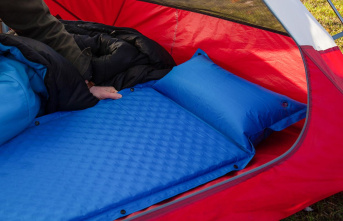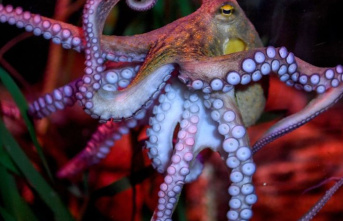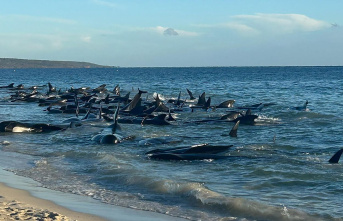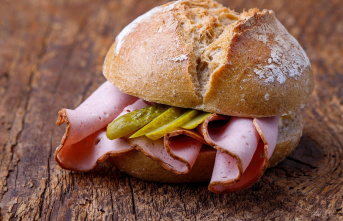I gotta be honest with you, you can chase me with tequila. That's because I had very bad experiences with the spirit when I was young. With the bottle in the hat. The schnapps that has flooded the mass market in Germany and is probably responsible for the fact that many Germans turn their stomachs when they think of agave schnapps. Tequila can also be very different.
Two creative people have decided to bring a spirit onto the market that has never existed before: "Luneoir", a tequila refined with selected brandies and spirits from Germany. The Berlin mixologist Arnd Heissen was working at the bar in the "Bootshaus" in Hamburg when he met the business administration graduate Julius Bucher and "filled him with tequila", as he says himself. The decision for a tequila was made quickly because, as a proven Mexico connoisseur, Heißen had already worked a lot and enjoyed working with the spirit in his bar. Also because both saw the potential and the gap in the market in tequila. After all, after the USA and Mexico, Germany is one of the largest buyers of spirits. And yet it's not as popular as gin or vodka. High-quality tequila, i.e. a spirit made from 100 percent agave juice, is still new territory for most. In comparison: conventional tequila, which is available in the supermarket, often only has about 60 percent agave, usually not only the juice is fermented, but also the remaining agave fibers. The rest is covered over sugar cane juice.
To make real tequila, the agaves are first harvested and then their hearts are baked in special brick ovens. They are then mechanically crushed in a roller mill. The resulting juice is placed in steel tanks for fermentation. Heissen and Bucher use champagne yeast to properly initiate fermentation, also to give the spirit its fine note. Pure tequila was not enough for Bucher and Heißen. They wanted to develop a premium spirit that is more complex and that can be made into the perfect drink with just one more ingredient. So consumer friendly. Seven brandies and spirits have found their way into the selected tequila, which according to the food law can no longer be called tequila.
Agave schnapps itself has a far more complex aroma profile than whisky, for example. Just for comparison: tequila can have up to 600 different aroma components, whiskey only about 200. When it comes to tequila, Hoten and Bucher have primarily chosen a profile with citrus notes and then combined it with brandies and spirits such as bergamot, lemongrass, vanilla, yuzu, tangerine , pepper and ginger blinded. The process took longer than they anticipated. "I was optimistic that we could get the blend on the road in four months," says Julius Bucher in an interview with the star. "But then it took us two years." The reason for this was not only the timing - the idea came up during the first lockdown - but also the idealism that the two live. The two have tasted more than 100 different tequila profiles, experimented with countless combinations and had lengthy discussions with producers. In the end, the choice fell on a tequila from Altos de Jalisco, the birthplace of Mexico's national drink, which is made from 100 percent Agave Azul Tequilana Weber.
Now there are 3600 bottles carrying the 2021 vintage. With their product "Luneoir" they want to stir up the spirits market. The name is based on "lune noir", the black moon. In this phenomenon, the moon is in the sky during the day and cannot be seen at night. In astrology, the black moon is synonymous with taking a step back. The phase stands for a good time to free yourself from unnecessary ballast and to face life carefree and euphoric. When Heissen and Bucher came up with the idea for the tequila blend, the moon was in this phase. They took it as a good sign.
The tequila is distilled in Mexico in a copper still and then shipped to Germany, where it is then blended and bottled. You have to pay almost 50 euros for 0.5 liters, which puts the schnapps in the premium range.
And how does "Luneoir" taste now? I lost my aversion to tequila with this spirit. By adding the spirits and brandies, the agave schnapps loses its liveliness and already offers complex aromas in the nose. Mixed with a grapefruit lemonade, for example from Aqua Monaco or Thomas Henry, you get a drink that does not require any other ingredients such as liqueurs. Exactly what the inventors wanted to achieve: a complex spirit that is easy to handle. Cheers!











